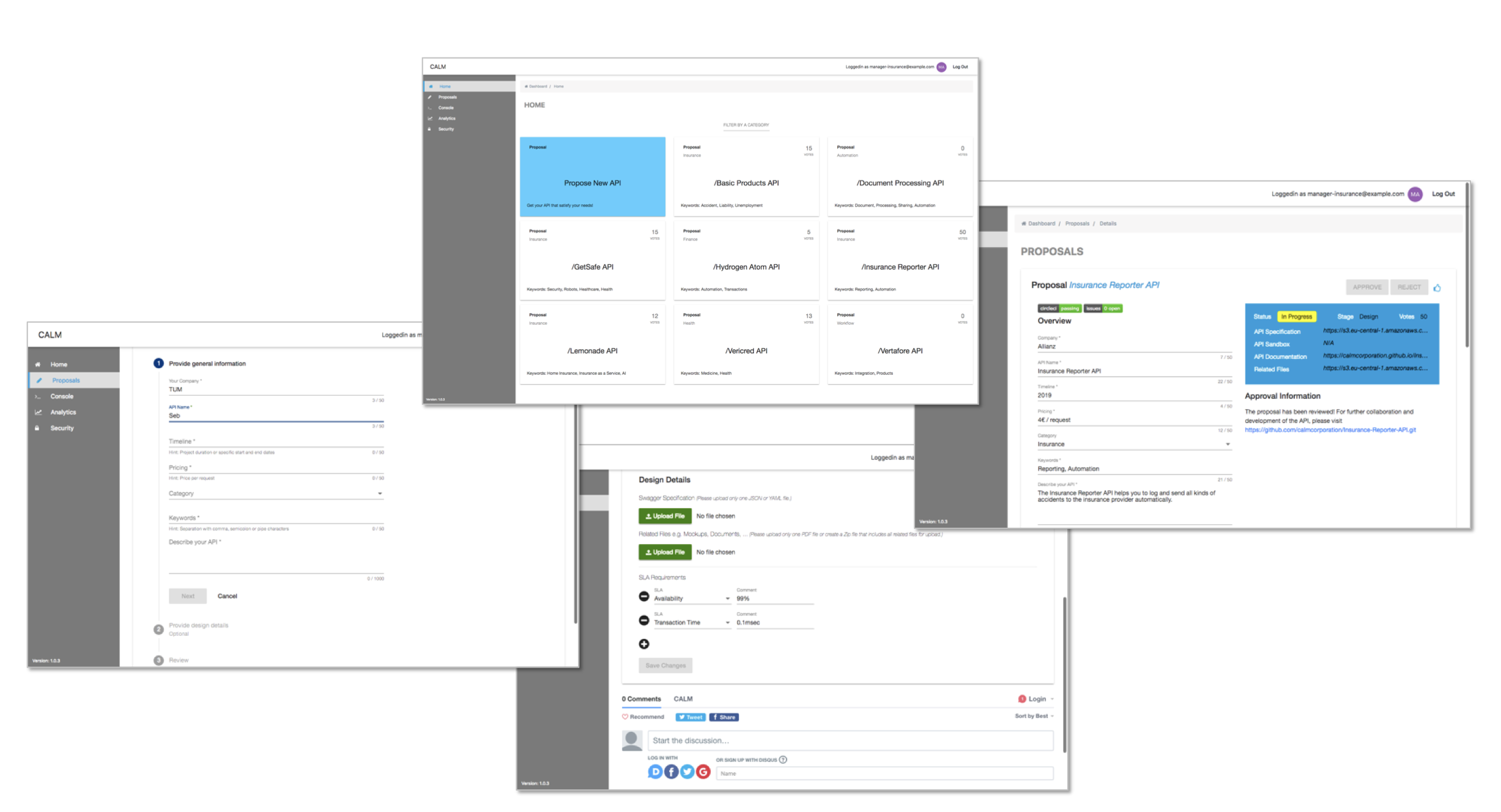Motivation & Goal
An Application Programming Interface (API) is a machine-readable interface through which IT applications or data repositories make their functionality or data accessible to another authorized application or machine.1 Traditionally, APIs were used to integrate applications within an organization2, but due to the advancements in Web-Technologies (Web-APIs, Cloud), more and more organizations open their APIs to specific external partners or interested software-developers via the internet3.
Opening up APIs has led to a range of new business models, which in turn created a new market with complex relations. This new market is summarized under the term the API Economy. The API Economy plays an important role within the digitalization of todays world, since APIs are transformed into a digital product. Furthermore, the API Economy affects the way organizations cooperate. Until recently, setting up a partnership with another organization to integrate their capabilities into the own business model was connected to a lot of effort (contract design, cooperation model definition, etc.). Now, the API Economy allows highly automated sourcing of such capabilities via Web-APIs, which enables organizations to form relationships a lot easier, faster, and with more partners.4
However, although it is recognized that APIs can generate value for organizations providing these APIs, there is an uneven distribution not only between indutries but also between digital and established organizations. While digital organizations have embraced the use of open APIs, the number of open APIs provided by established organizations is much smaller5. Initial research results have shown that established companies have difficulty offering open APIs because it is not clear how value can be generated with them. Furthermore, there is a lack of a process that describes how an Open API can be designed. Since the open API is to be used by users outside their own organization, it is particularly important that the relevant stakeholders are involved in the process at an early stage.
Summarizing, this research project aims at answering the following two research questions:
Initial Results
An initial process supporting the collaborative API proposal design has been developed in cooperation with an industry partner. The collaborative API proposal design process has been evaluated using a prototype, which supports the process. For further information see [Bo19a].

Contact
If you are interested in a collaboration in this research project, please contact Gloria Bondel at gloria.bondel@tum.de.
Publications
| 2019 | |
| [Bo19a] | Bondel, G.; Bui, D. H.; Faber, A.; Seidel, D.; Hauder, M.: Towards a Process and Tool Support for Collaborative API Proposal Management, AMCIS: Americas Conference on Information Systems, Cancún, 2019. |
Related Student Theses
-----
Sources:
1 Kepes, B. (2014). Software may be eating the world but APIs are giving it teeth. Diversity Limited.
2 Vukovic, M. et al. (2016). Viewpoint Riding and Thriving on the API Hype Cycle. Guidelines for the enterprise. Communications of the ACM, 59(3), 35–37.
3 Holley, K. et al. (2014). The Power of the API Economy business performance. Retrieved from http://www.redbooks.ibm.com/redpapers/pdfs/redp5096.pdf
4 Kubler, S. et al. (2017). Open IoT Ecosystem for Sporting Event Management. IEEE Access, 14(8), pp. 7064-7079.
5 Evans, P. C., & Basole, R. C. (2016). Revealing the API ecosystem and enterprise strategy via visual analytics. Communications of the ACM, 59(2), 26–28.